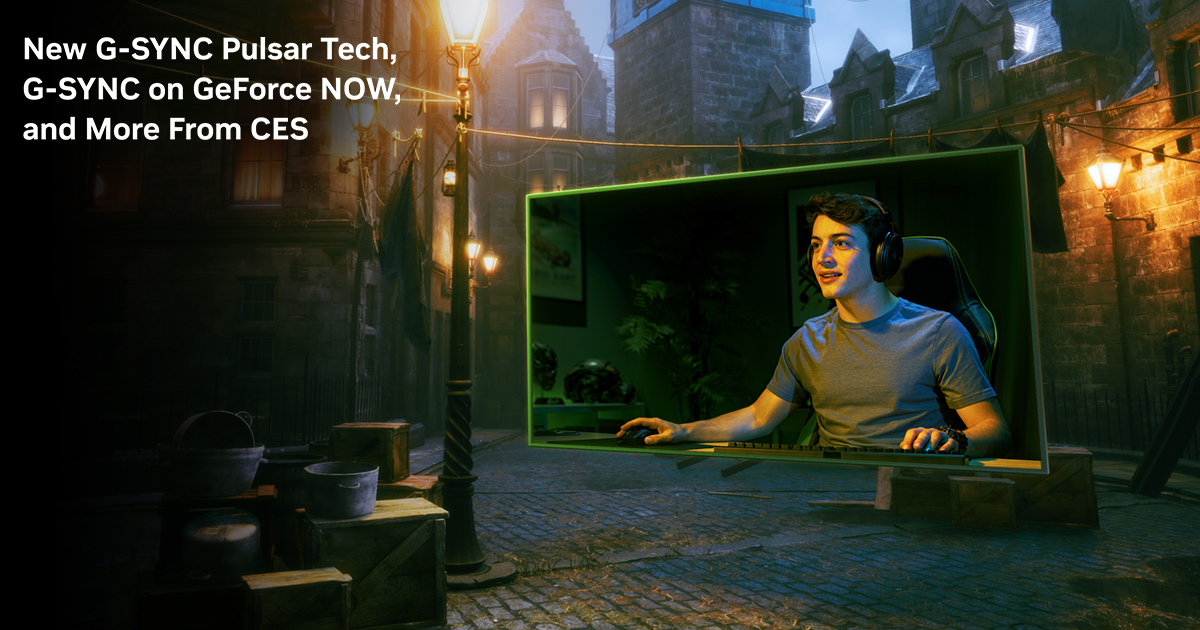
G-SYNC Displays Dazzle At CES 2024: G-SYNC Pulsar Tech Unveiled, G-SYNC Comes To GeForce NOW, Plus 24 New Models
NVIDIA G-SYNC Pulsar is the first and only display tech to deliver flawless variable frequency strobing, variable refresh, and variable overdrive, together establishing a new gold standard for motion clarity and stutter-free gameplay; the ASUS ROG Swift PG27 series G-SYNC monitor with Pulsar...
www.nvidia.com
Asus tried this before with ELMB, and it didn't work well. Nvidia is claiming that they're combining variable overdrive with variable brightness to get strobed g-sync to improve motion clarity. If it works it'll be a huge upgrade for LCD panels.
Merging these two adaptive strategies, G-SYNC Pulsar transcends previous challenges associated with enhancing VRR with strobing backlight techniques. Prior attempts have often stumbled, leading to flickering and diminished motion clarity. However, G-SYNC Pulsar’s innovation ensures perfect synchronization between overdrive and backlight pulse with the screen's refresh cycle.
This represents a leap beyond incremental updates or a combination of existing technologies: it is a radical rethinking of display technology—necessitating the development of new panel technology, and representing a fundamental reengineering at both hardware and software levels.
It's clear that the monitor will require the g-sync module. Hopefully they work with any Nvidia gpu, and it's not exclusive to particular series of gpus.
